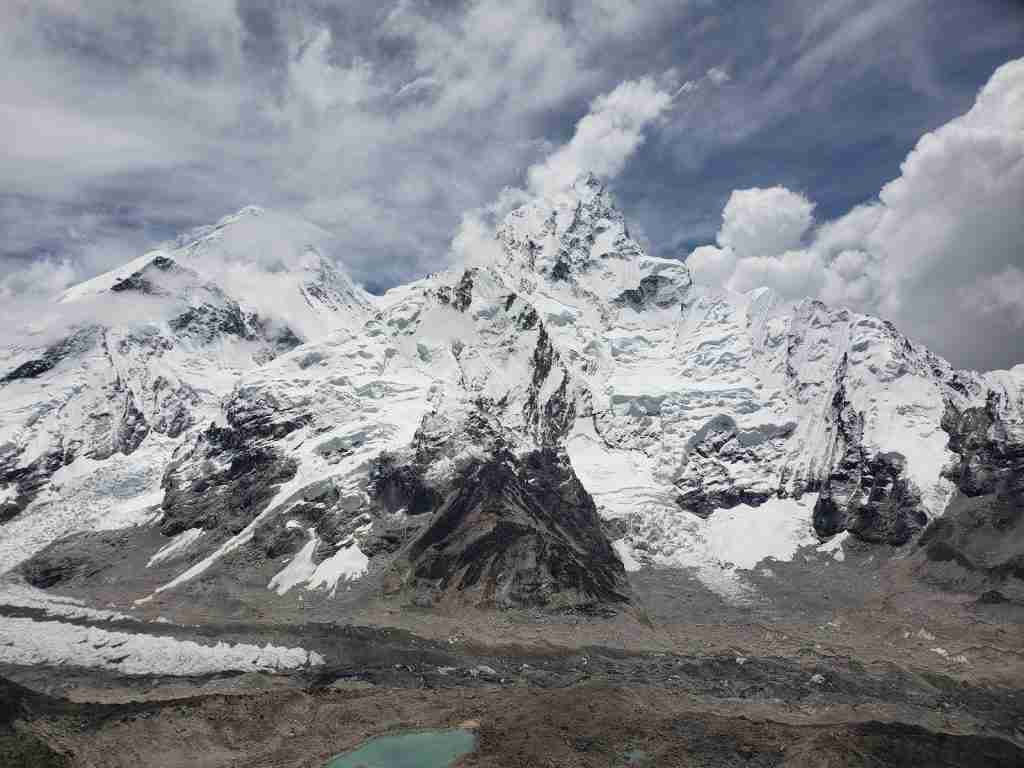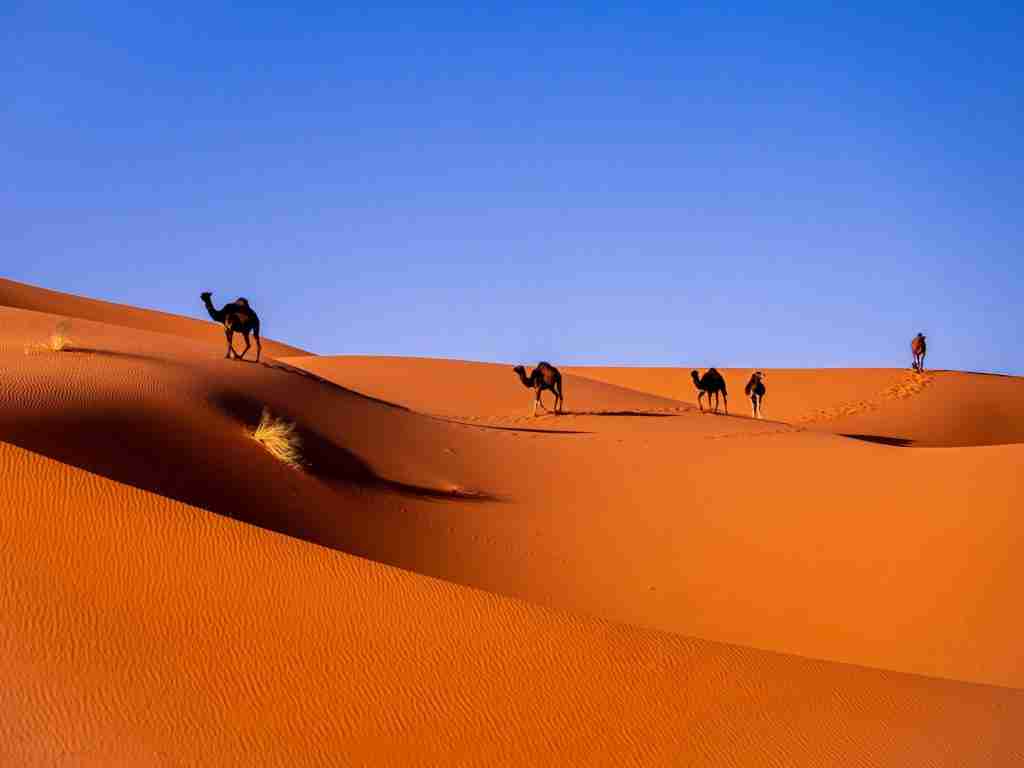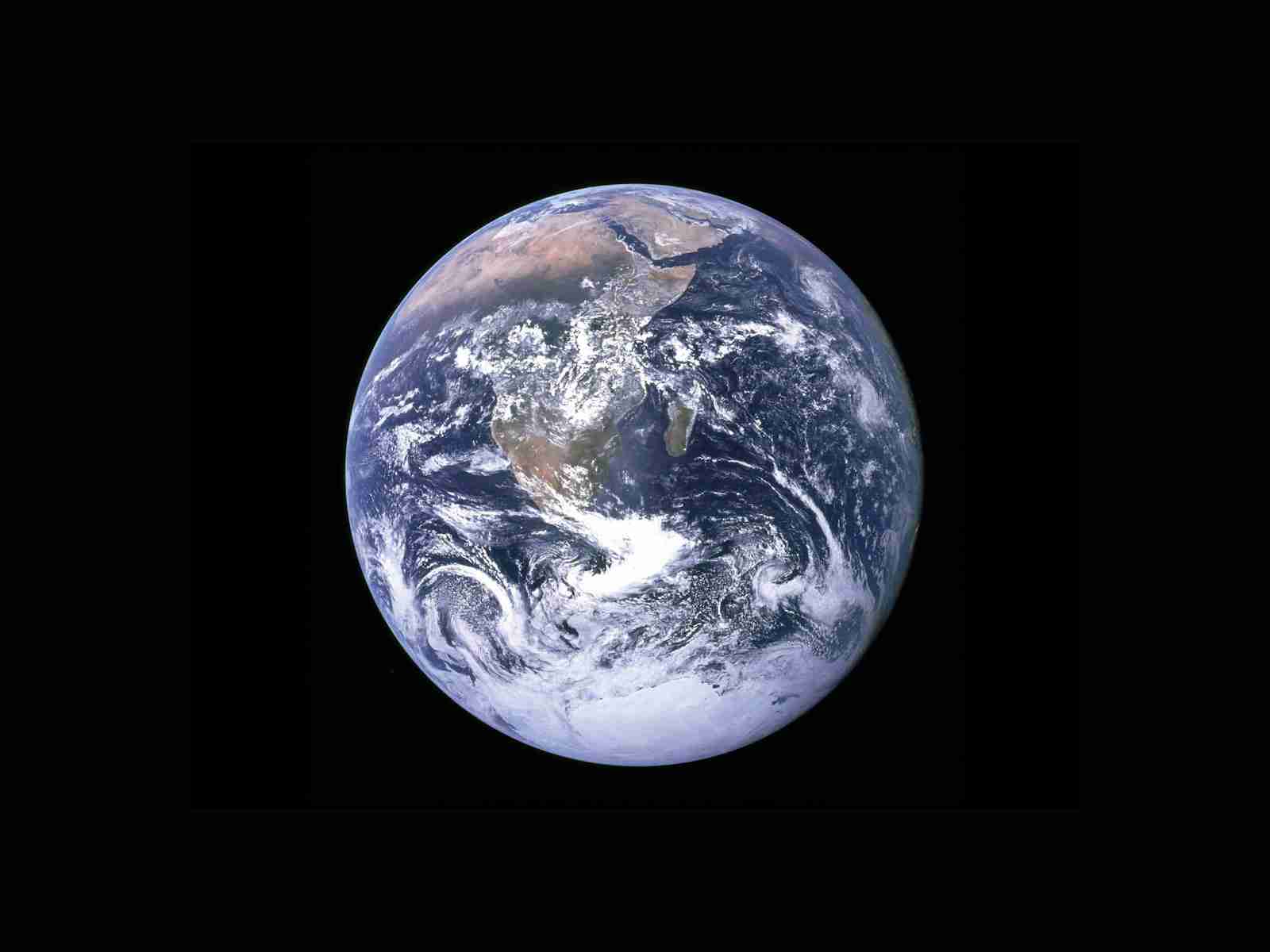27 Fun Facts About Earth | Exploring Our Planet
1. Earth is the only planet not named after a god.
Derived from Old English and Germanic origins, its name means the ground or soil.
Unlike other planets in our solar system, it isn’t named after a Greek or Roman deity. This unique nomenclature reflects its significance to human life.
2. Earth is positioned in the habitable zone of our solar system.
This zone allows for the presence of liquid water, essential for life as we know it.
The planet’s location is crucial for its unique biodiversity and life forms. Earth’s position in this zone has been a key factor in its ability to sustain life.
3. The rotation of Earth is gradually slowing down.
Over time, the gravitational pull of the Moon is causing days to slowly lengthen.
This deceleration impacts various natural phenomena, including the length of a day. It has long-term implications for Earth’s natural rhythms and human timekeeping.
4. Our planet is an oblate spheroid, not a perfect sphere.

It’s slightly flattened at the poles and bulges at the equator due to its rotation.
This shape results from centrifugal forces created by the planet’s rotation. The oblateness of Earth also affects the distribution of mass and gravity.
5. Earth’s atmosphere provides crucial protection for life.
It burns up most meteoroids and shields life from the Sun’s harmful ultraviolet radiation.
The atmosphere plays a key role in sustaining life on the planet. Its composition and layers are vital for maintaining a stable environment for life.
6. A powerful magnetic field surrounds our planet.
Generated by the movement of molten iron in the outer core, this field is essential for protection against solar wind and cosmic radiation.
It plays a critical role in sustaining Earth’s habitable environment. The magnetic field also creates beautiful auroras near the polar regions.
7. The Moon is Earth’s only natural satellite, which is one of the Fun Facts About Earth.
As the fifth-largest moon in the solar system, its gravitational influence affects Earth’s tides and climate stability.
The Moon’s impact on Earth includes contributing to the planet’s tilt and seasonal changes. The lunar cycles also influence various biological rhythms on Earth.
8. Water covers about 71% of Earth’s surface.
The oceans hold about 96.5% of all this water, highlighting the planet’s unique blue appearance from space.
This vast amount of water is a distinctive feature that sets Earth apart from other known planets. It also plays a crucial role in regulating the planet’s climate.
9. Earth uniquely supports a wide range of life forms.
A combination of atmospheric composition, water availability, and suitable temperature range enables life in various forms.
This diversity of life is unparalleled in our known universe, making Earth a unique planetary oasis. Earth’s ecosystems are complex and interconnected, supporting a web of life.
10. Over 80% of Earth’s surface is volcanic in origin.
Volcanic activity has played a crucial role in shaping much of Earth’s landscape.
It not only forms mountains and islands but also contributes to the atmosphere and biosphere. Volcanoes are key to Earth’s geological and ecological processes.
11. Earth’s core is as hot as the surface of the Sun.
The core’s temperature is estimated to be about 5,500 degrees Celsius, similar to the Sun’s surface.
This immense heat influences volcanic activity, plate tectonics, and geomagnetic phenomena. The core’s heat is crucial for generating Earth’s magnetic field.
12. Mount Everest represents the highest point on Earth.

Standing at 8,848 meters above sea level, it is part of the Himalayan range in Asia.
This peak has been a symbol of human exploration and challenge for centuries. It continues to attract adventurers and mountaineers from around the world.
13. Earth experiences around 50,000 earthquakes annually.
These seismic events vary in magnitude and can occur anywhere around the world.
While most are too small to be felt, they are a constant reminder of Earth’s dynamic nature. Earthquakes play a significant role in shaping geological features.
14. Earth’s Great Barrier Reef is the largest living structure.
Located off the coast of Australia, it is visible from space and spans over 2,300 kilometers.
This reef system is home to a diverse range of marine life. Its sheer size and biodiversity make it one of Earth’s most precious natural wonders.
15. Earth has a secondary atmosphere, generated through volcanism and other processes.
The original atmosphere was stripped away by solar winds in the planet’s early history.
The current atmosphere, rich in nitrogen and oxygen, is the result of volcanic outgassing and photosynthesis. This secondary atmosphere is essential for sustaining life.
16. The Sahara Desert is the largest hot desert on Earth.

Covering most of North Africa, it is comparable in size to the United States.
Despite its harsh conditions, the Sahara plays an important role in Earth’s climate and ecosystem. The desert is home to a variety of adapted species and landscapes.
17. Earth’s oceans are crucial in absorbing carbon dioxide from the atmosphere.
Oceans act as a natural carbon sink, helping to regulate the global climate.
They absorb a significant amount of CO2, mitigating the greenhouse effect. However, increased CO2 levels are also leading to ocean acidification.
18. Earth’s biodiversity is concentrated in the rainforests, covering less than 2% of its surface.
Rainforests are home to more than half of all wildlife species on the planet.
These ecosystems are incredibly rich in biodiversity, though they cover a small fraction of Earth’s surface. Rainforests are crucial for maintaining global biodiversity.
19. Earth’s atmosphere extends up to 10,000 kilometers into space.
The exosphere, the outermost layer of Earth’s atmosphere, reaches far into space.
While thin, it is part of the atmosphere that protects and envelops the planet. The exosphere merges with the solar wind at its outer boundary.
20. The age of Earth is estimated to be about 4.5 billion years.
Formed from the solar nebula, Earth has undergone significant changes over billions of years.
Its age has been determined through radiometric age dating of meteorite material and is key to understanding planetary evolution. Studying Earth’s history helps us understand the processes that shaped it.
21. Earth has more exposed water than land.
The surface is primarily covered by oceans, which account for about 71% of the total surface area.
This abundance of water is a defining feature of our planet and plays a critical role in sustaining life. Earth’s water cycles are fundamental to its climate and weather patterns.
22. How far is the moon from Earth?
The moon is approximately 238,855 miles (384,400 kilometers) away from Earth.
This distance can vary due to the moon’s elliptical orbit.
23. The Himalayas are the youngest mountain range on Earth.
Formed about 50 million years ago, they are still rising due to the Indian plate pushing against the Eurasian plate.
These mountains continue to grow each year and are home to the world’s highest peaks. The Himalayas play a critical role in Earth’s geology and climate.
24. More than 70% of Earth’s freshwater is stored in ice and glaciers.

These ice reserves are primarily found in polar regions and high mountains.
They are crucial reservoirs of fresh water but are increasingly affected by global warming. Melting ice and glaciers significantly impact global sea levels and freshwater availability.
25. The Pacific Ocean is the largest ocean on Earth.
Covering more than 30% of the Earth’s surface, it’s larger than all the land areas combined.
The Pacific Ocean plays a vital role in Earth’s weather and climate systems. It is a major component of the planet’s hydrosphere.
26. Earth’s atmosphere is composed of 78% nitrogen and 21% oxygen.
The remaining 1% consists of argon, carbon dioxide, water vapor, and other gases.
This composition is crucial for life, with oxygen supporting most living organisms. The atmosphere’s balance of gases is essential for maintaining life and climate on Earth.
27. Earth is the only planet with plate tectonics.
Plate tectonics is a process involving Earth’s lithospheric plates moving over the asthenosphere.
This movement creates mountains, and oceanic trenches, and causes volcanic activity and earthquakes. Plate tectonics is fundamental to understanding Earth’s geology and landform development.
FAQs
The average distance from the sun to Earth is about 93 million miles (150 million kilometers). This distance can change slightly due to the elliptical shape of Earth’s orbit.
Earth rotates at an average speed of about 1,000 miles per hour (1,600 kilometers per hour) at the equator. This rotation gives us day and night.
Earth Day is observed annually on April 22nd. It is a day dedicated to environmental awareness and action, promoting conservation and sustainable practices.
Earth, often referred to as the “Blue Planet,” is the third planet from the sun. It has a diverse climate, ecosystems, and a unique atmosphere that supports life.
The moon is Earth’s only natural satellite. It influences tides and has phases due to its orbit around Earth. The side facing Earth is the near side, and the opposite side is the far side.







